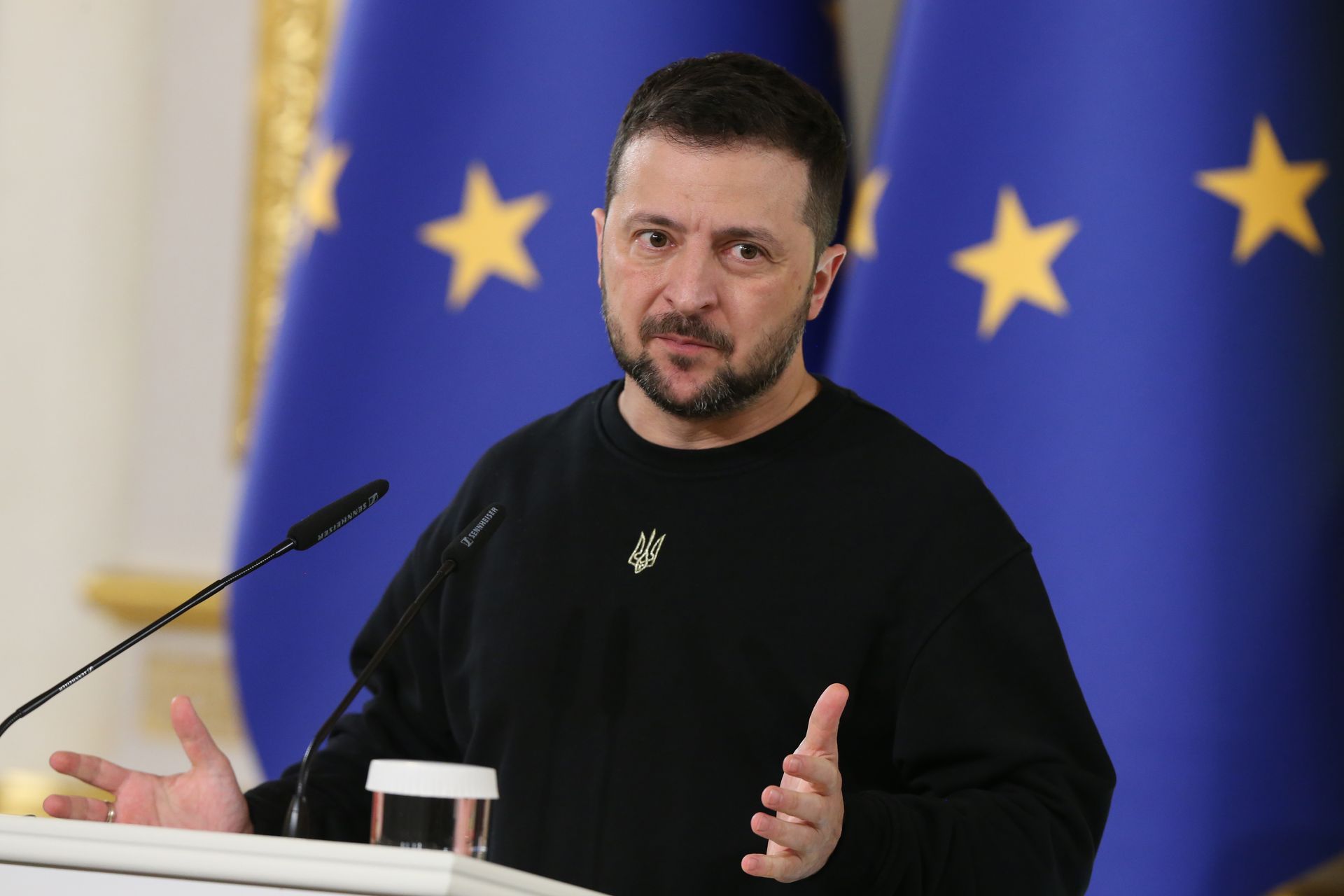Over 10,000 Russian chemical attacks documented since start of full-scale war, Ukraine's SBU says

Russia has carried out over 10,000 chemical weapons attacks against Ukrainian forces since the start of its full-scale invasion, Ukraine's Security Service (SBU) reported on July 30.
The agency said Russian troops have repeatedly used prohibited chemical agents, including K-51, RGR, and RG-VO aerosol grenades loaded with CS (chlorobenzylidene malonitrile) and CN (chloroacetophenone), both banned irritants.
The use of such agents is prohibited under the 1993 Chemical Weapons Convention, which Russia ratified.
The SBU said the most common method of deployment involves first-person view (FPV) drones dropping chemical munitions directly onto Ukrainian defensive positions.
Upon detonation, these agents cause severe irritation to the eyes and respiratory system, often forcing Ukrainian troops to leave protected positions under active fire.
In a July 4 report, the Netherlands Military Intelligence and Security Service (MIVD) confirmed that Russia had escalated from deploying riot control agents to using chloropicrin — a chemical capable of killing in confined spaces.
The U.S. State Department had also raised the alarm in May 2024, citing Russia's use of chloropicrin in Ukraine as one of the reasons behind the imposed sanctions against over 280 Russian individuals and entities.
Ukrainian forces previously struggled to identify the specific agents used due to a lack of detection equipment. The documentation of more than 10,000 chemical attacks underscores the scale of the threat.












